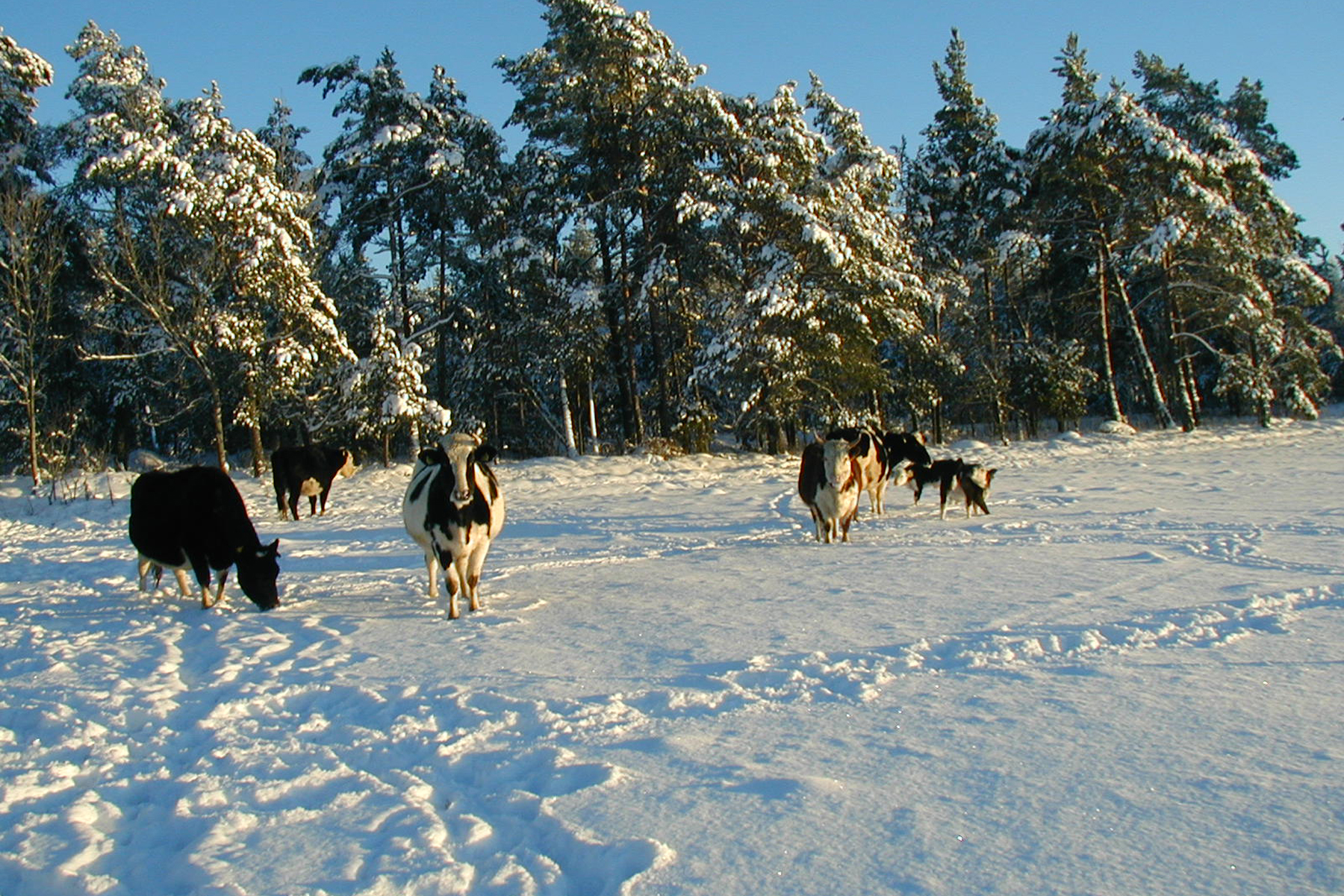Continental region

Within the frame of the LIFE AgriAdapt project, a set of sustainable adaptation measures has been developed for successful adaptation to climate change at farm level. Furthermore, these measures have been tested on more than 120 pilot farms participating in the project for each of the 4 main climate risk regions in Europe: Southern region, Atlantic region, Continental region and Northern region.
The Continental region will be having less rain during the summer, with an increased risk of droughts and water stress, and more heavy rains and floods during the winter. At least, an increase in yields and crop diversification can take place in this region (EEA, 2016).
For this scenario, three different sets of sustainable adaptation measures have been developed, each of those sets addressing a different farming system: arable crops, permanent crops, and livestock. Each measure is illustrated on a sheet in which the climate risk region for implementation, the meteorological event to which the farm is adapting, the time of implementation (long-, mid- or short-term), and a description of the measure are given. Furthermore, information regarding how these measures can affect several sustainability components is included: GHG emissions, soil, air quality, water, biodiversity, animal welfare, economic viability, social viability and technical viability. According to the level of affection of the measures on these sustainability components, they are classified with plus, minus or equal icons. Also, some explanations and comments related are provided. The sheet`s legend can be seen here.
By clicking on the following links, we can access the different farming systems and consult the sustainable adaptation measures:




 Deutsch
Deutsch Español
Español Français
Français Eesti
Eesti




